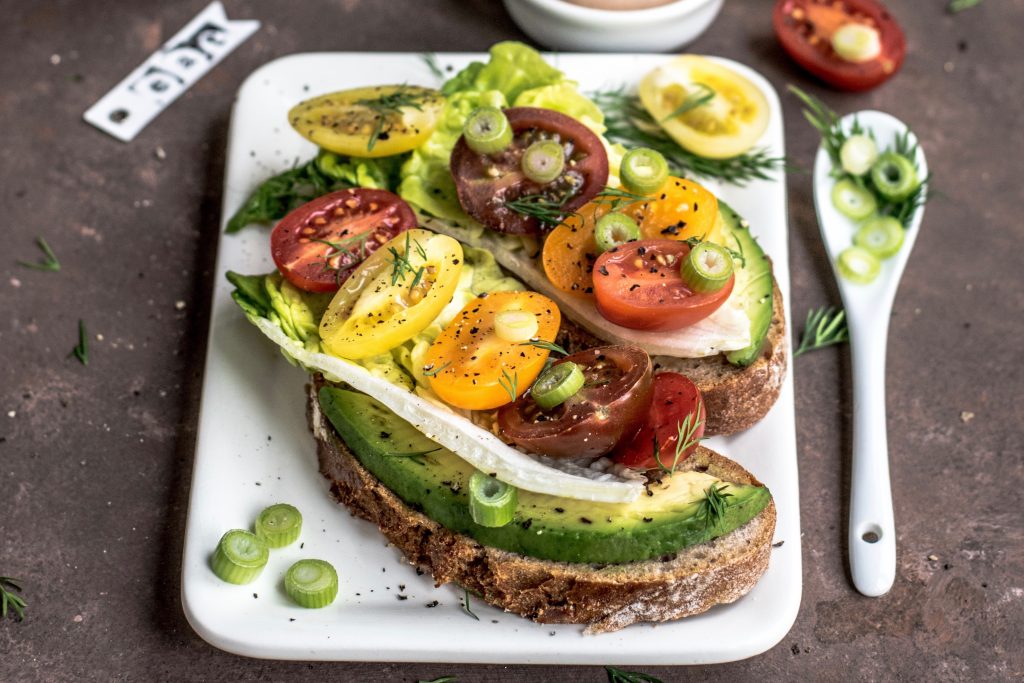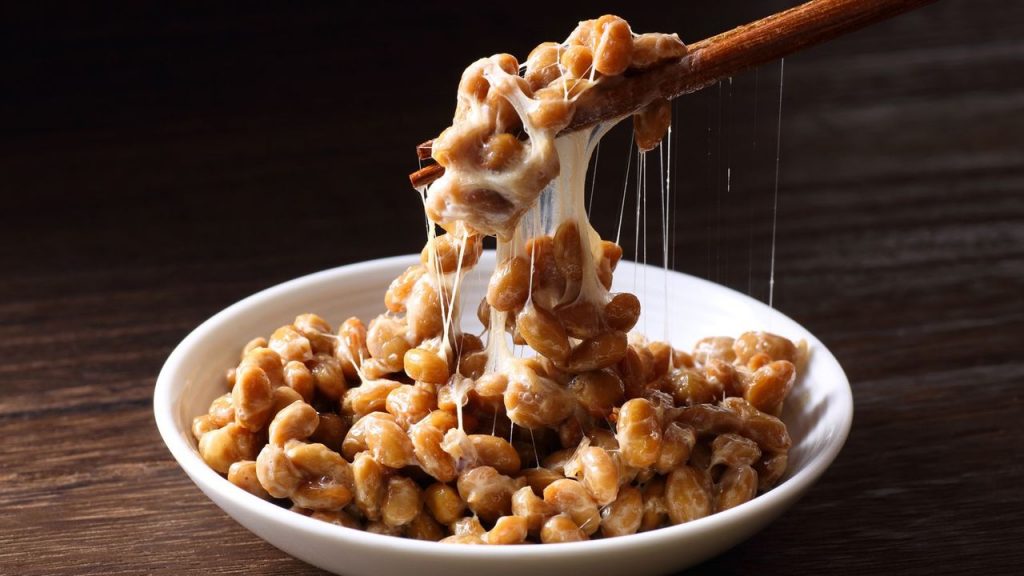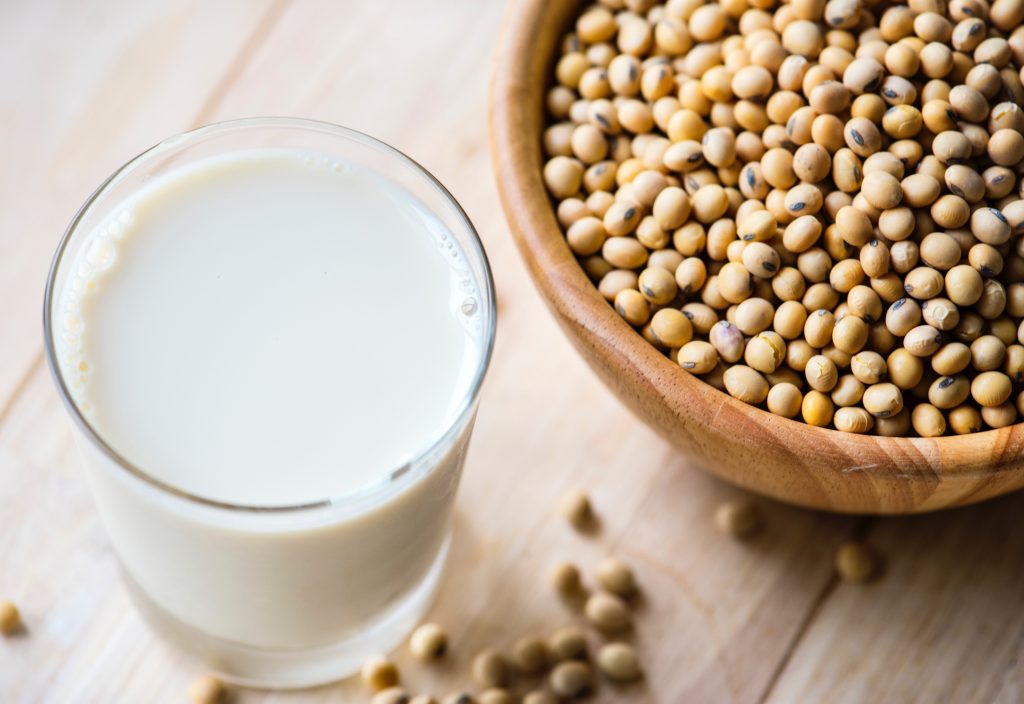
Mouthfeel is key ingredient to the success of many chefs, with those knowing how to play with them creating some of the best food you will have ever eaten. Today, this is made more interesting by molecular gastronomy with a scientific approach. From the crisp of a chicken skin to the warmth of a lobster bisque, you can see how the crunch of a dish or the heat of a soup can make a huge difference.

What Is Mouthfeel?
Mouthfeel is the sensation when you eat food, and is separated into perception on palate, mastication, swallowing and aftertaste. These all affect the mouthfeel of a dish. The initial perception is how it first feels when you put a dish into your mouth, followed by the experience of chewing, followed by how it feels when swallowed and the aftertaste that comes about after you’ve swallowed a certain food.

What Are The Different Mouthfeels In Cuisine?
Textures play a very big role in cuisine as it is part of the eating experience. Food with textures make a big impact on the mouth with savouring dishes. There are many types of mouthfeels including granularity, viscosity, fattiness, astringency, kokumi (heartiness) and temperature, but with many more subcategories in each.

What Foods Contain The Mouthfeel Of Granularity?
The granularity of a dish is described as food with particles and particulates which causes a textural sensation on the palate. These would include foods that are crunchy, crispy, flaky, and chewy.
Crunchiness
Crunchy food would be defined as food that give you a hard bite on a tense surface. Foods that are considered crunchy are fried chicken, or anything deep fried really.

Crispiness
Crispy food are foods that can crumble with a soft bite on foods with a very tense and brittle surface. Crispy foods tend to have a higher oil base in cooking them. This would include deep fried tempura, potato chips and crisps.

Flakiness
Flakiness is used to describe foods that come apart easily and are brittle. These would include pastries and spring rolls.

Sponginess
Spongy food are foods that give your bite a bounce. Spongy foods would include cakes, bread and meatloaf.

Juiciness
Juiciness as a texture is the sensation when a food retains its moisture or fat giving it much tenderness. This is usually used to described marbled red meats like the wagyu steak. The tenderness of meats plays a huge role, not being too raw and chewy, and overcooked and dry. This is perfected when meats are firm to the bite on the outside, and tender on the inside.

Chewiness
These would include food where the density plays a vital role, and goes hand in hand with juiciness. Food that would be considered juicy and chewy which has a level of gumminess or requiring a certain effort of mastication. This may include foods that are chewed with your molars. This depends on the density, from easy chewing (juiciness) to more energy required (chewiness and gumminess). Chewiness of food can occur when eating meat that is overcooked, but is not always a bad thing, for example, meatballs have a nice form of chewiness to it.

Gumminess
Gumminess comes from food that require repeated energy to eat them, including chewing gum and gummy bears.

Graininess
Grainy foods cause a feeling of eating granules like sand, and can occur in a few ways. When eating hummus, we can get a grainy sensation. This can also come from pastes that are concentrated. Grainy mouthfeels are also experienced when eating crumbled biscuits, as well as overcooked liver.

Roughness / Granular Dryness
Roughness here is described as the sensation of eating foods that have a charcoal flavour with a certain level of granular dryness. Burnt food generally is not good, but sometimes have been specially done so for that added charcoal flavour to cause the Maillard reaction, bringing out more flavour to food. This is used in Chinese cuisine when describing the “wok hei”, also known as the “breath of the fire”, but is also used in European cooking such as burnt onion and barbecues. This is also also seen at the bottom of a gyoza or pan-fried food.

What Foods Contain The Mouthfeel of Viscosity?
Viscosity is the sensation when we eat food which we generally describe are wet, slippery and gelatinous. These would be food that has a higher moisture content, or even when not wet per se, have a slick and smooth feel about them. This can also apply to foods that are dry that are coated in heavy sauces.

Wetness
Wetness is described as the sensation when a food contains high moisture and most of the time feels wet on the palate. This would include soups and gravy.

Silkiness / Smoothness
Silky foods are is described as having a smooth feeling on the tongue. These foods usually have a smooth sensation, and is absent of particles. Examples of silky and smooth food silken tofu, yuba (unprocessed tofu skin), steamed and runny eggs, and custard.

Sliminess
Sliminess is a mouthfeel that is experienced when eating foods with high viscosity, and is also described as slimy. This can be found in okra, nato and sea cucumber. Gelatinousness can also occur in thick syrups and sugars.

What Foods Contain The Mouthfeel of Fattiness / Oleogustusness?
Food that contains fattiness, or oleogustusness, would include creams, cheese and milk. These foods usually leave a residual protein sensation on the palate, and is usually defined as giving a specific mouth coating. The sensation that is apparent is like having your tongue enveloped in fat and flavours, including creamy pasta and melted cheese. This also occurs in oils such as olive oil and animal fat like lard.

What Foods Contain The Mouthfeel of Astringency?
Astringency is referred to foods that produce a tart and drying sensation which causes you to pucker your mouth. Astringency is experience when taking foods that generally lean towards tannic foods such as wine, but also occur in many solid forms such as raw fruits. Astringency is described in Chinese as having a sweet-dryness (甘, gan) sensation as found in Chinese liquorice (甘草, gan cao). This also occurs in raw fruits such as pomegranates, raw mangoes and legumes. This is why eating chickpeas and peanuts can product a drying sensation in the mouth. Many medicinal herbs and medicine also produce this moutfeel.

What Food Contains the Mouthfeel of Kokumi / Heartiness?
Kokumi comes from the Japanese word 濃く味, which means rich taste. This has been a debatable topic on what it actually is, but scientist from the west and east both agree that its experienced through a calcium-sensing receptor. A dish that is considered kokumi is also described as hearty, full of flavour and deliciousness. Foods that are considered high in kokumi would be foods that have an overall exquisiteness to it, rich and also flavourful, which is distinct from the umami flavour. One of the biggest distinctions is that kokumi doesn’t exist on its own, but is the result of combinations with one of the primal tastes, meaning a kokumi dish can be sweet, like the Shanghainese braised pork belly (红烧肉, hong shao rou) or the Malaysian bak kut teh (肉骨茶). In western cooking, this also occurs in slow braised meats that have bene cooked over long hours.

How Does Temperature Affect Food?
Temperature is vital when it comes to high cuisine, but is also as, if not, more important when it comes to street food. Some foods are best served cold depending on occasions. For tea parties, canapés are usually served fairly cold and so goes for ice cream. Dishes fall under certain categories, and is decidedly how a difference is made.

Thermal Coldness
Cold foods consist of foods that may taste firmed up, like salmon on a cracker. Dried meats also taste better cold generally, and so does cheese. However, some ingredients like cheese also taste significantly different when heated up. Ice cream is always served cold as warm milk is less attractive. Gazpacho, salads and cold soba noodles are also always served cold, as well as raw fish and meat.

Chemical Coolness
Chemical coldness occurs in foods that produce a chemical compound that imitates the sensation of cold food, but is usually at room temperature. This would include many types of mints giving a chemical cooling sensation such as peppermint, eucalyptus and camphor.

Warmth
Some foods are best served warm, not cold or hot. These would include certain types of main courses. Most dishes would fall under these including meat dishes, where resting plays an important role. Many pastries are also had at warm room temperature. Food that has been deep fried generally fall under warm more than hot because they have to rest before being served.

Thermal Heat
Hot foods are food that are best served hot. Most soups fall under this category, especially Chinese soups and consommés. Hot pots and fondue are also foods that are served boiling hot. The heat of a food can greatly affects an ingredient, for example French fries.

Chemical Heat / Tingliness / Numbness
Chemical hotness is more accurately described as a sensation of tingly food on the tongue. These would include drinking carbonated drinks which are not hot in temperature, as well as the sensation of eating a Szechuan peppercorn, leaving a numbness and dullness on the tongue.

Pain
There is also the extreme sensation of pain when eating foods that are too cold or hot. These include hot burning sensations, like fried foods or soups that are boiling hot, as well as food and drinks that are too cold.

Are There Any Other Significant Mouthfeels?
There are some other mouthfeels that don’t specifically fall under this category, like chalkiness and metallicness. These fall under these categories because they are hard to isolate on its own or occurs as a compound sensation to more than one mouthfeel.

Chalkiness
Chalkiness gives a sensation of having a chalky taste, usually as an aftertaste. This is because the calcium detecting receptors are activated. The sensation is described of having a very micro granular sensation on the palate. This can occur in milk and also wine.

Metallicness
Metallicness gives a sensation of having a metallic taste, usually also as an aftertaste. This happens when the tongue detects a metallic taste, usually within food with high metal content such as zinc. This is caused by a weak electric current that occurs on the tongue due to the metal ions for example those found in oysters. Metallicness can also happen when taking medication which causes a metallic mouthfeel.

Heaviness
Heaviness is a sensation felt when eating certain foods that have an initial weight upon entering the mouth. This is can happen as the result of multiple mouthfeels, where a food is has high density, as well as fattiness. This can occur when having stewed meat made from lean meats.

Mouthcoating
Mouth coating is a sensation described as having food that envelops the tongue. This can happen with liquids, where a sensation is felt with viscous soups or wine, as well as solids, which is where the term ‘melt-in-your-mouth’ comes from. This happens with highly marbled meat such as kobe wagyu, kurobuta (Japanese black pork), and serrano pork (caused by the rich flavour imparted by acorns in the pig’s diet). This is also experience with bain-marie cooked fish such as perfectly cooked salmon.

Dryness
Dryness is used for describing foods that absorbs the moisture from your mouth. This is best experienced with very dry foods, such as crackers and Weetabix. Tart and chalky food also produces this experience. Some dried meats that have beeen coated in preserving agents may also have this effect.

Moisture Release
Moisture release is used for describing food that release of saliva into your mouth. Most fruits and juicy meats would fall under this category.
All in all, there are too many nuanced mouthfeels that we experience (and can experience), so with more knowledge, it helps the gourmand have a better gastronomic experience.
For our previous article on taste, see our food guide on What Is In A Taste.
